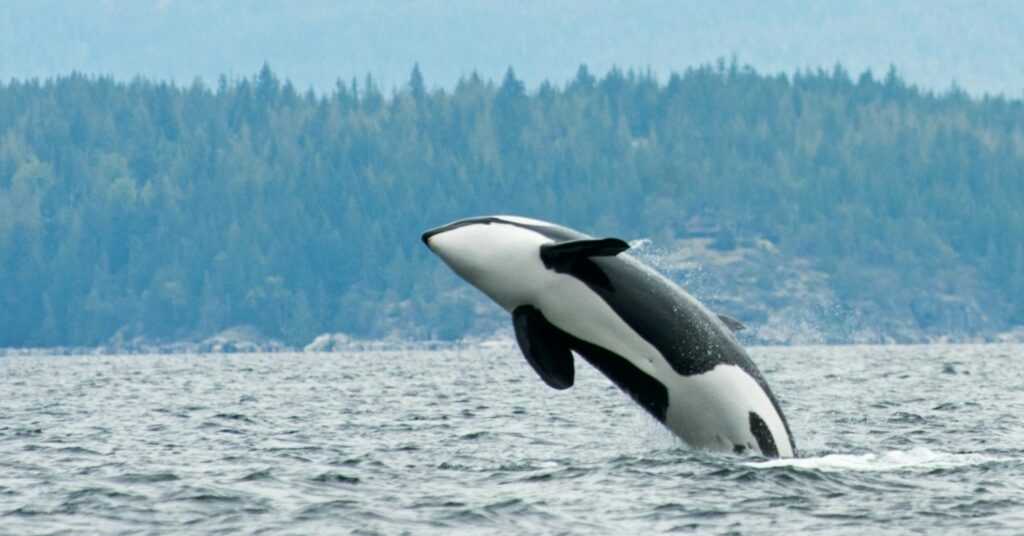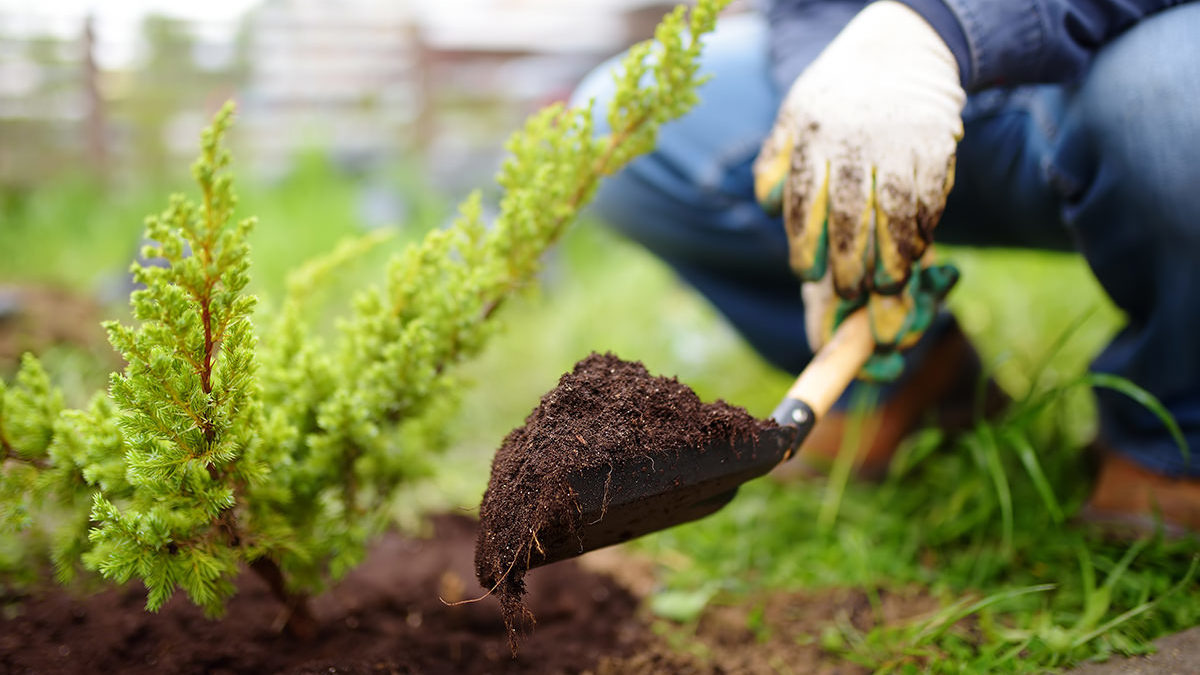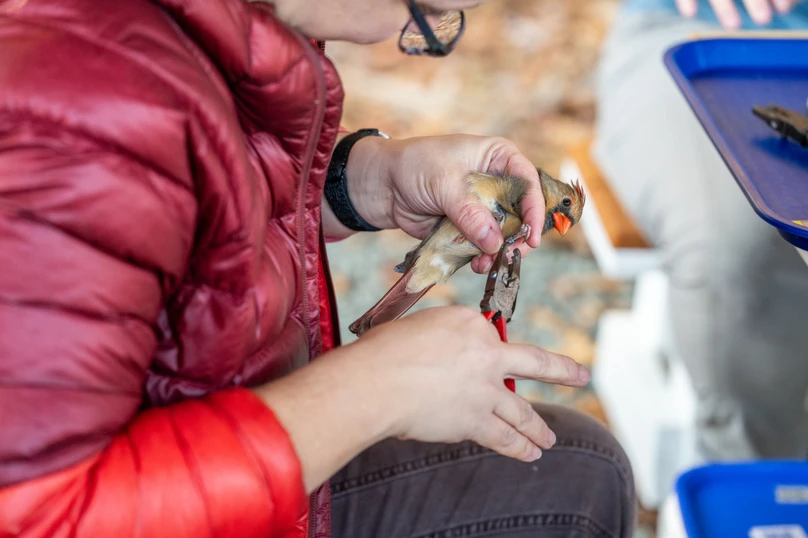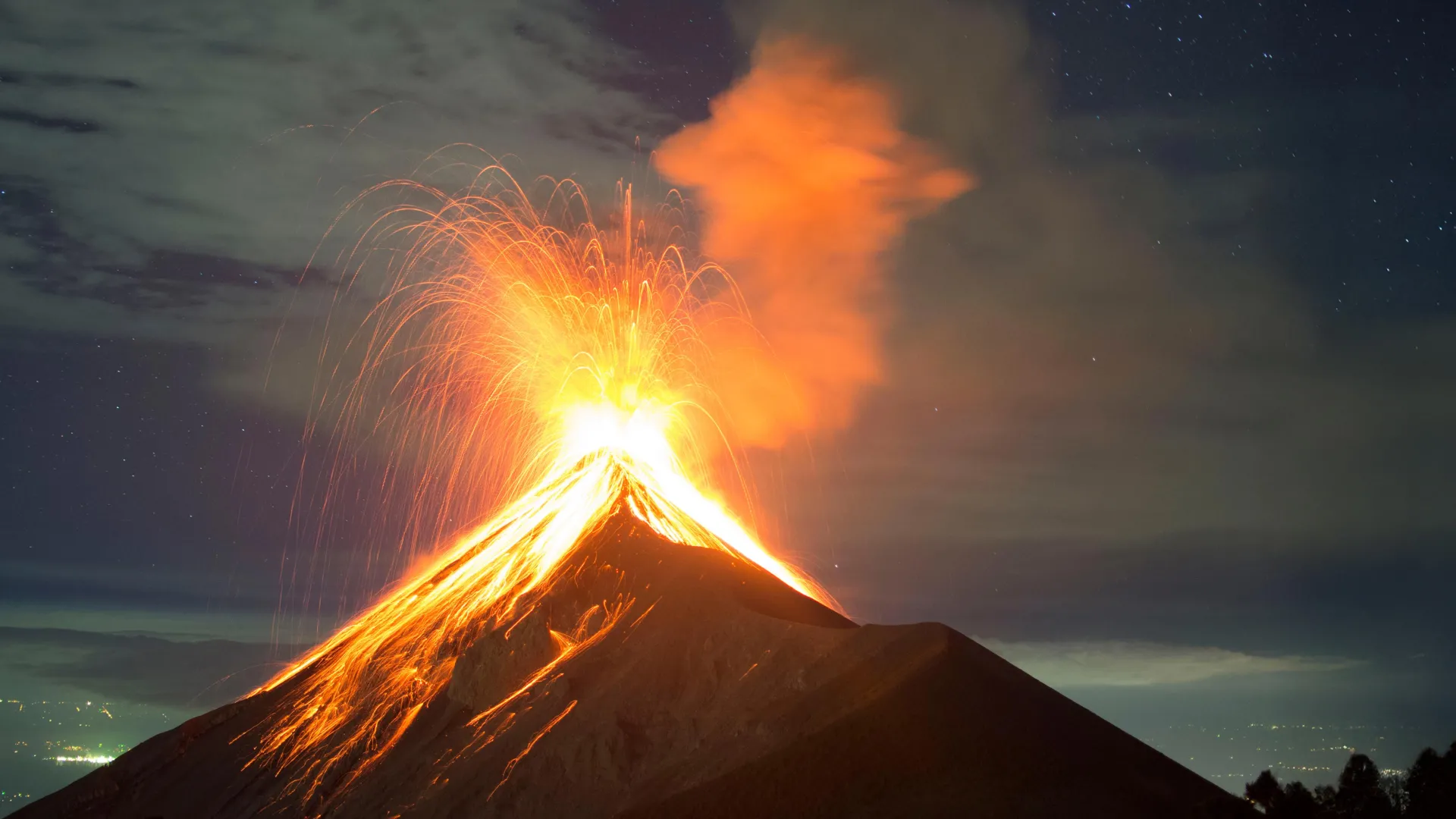PROTECT YOUR DNA WITH QUANTUM TECHNOLOGY
Orgo-Life the new way to the future Advertising by AdpathwayBefore it was a city, much of San Francisco was a dunescape.
Nearly a third of it was covered in sand. Western winds swept the sand into heaps and piles—one 80-foot dune rested in the future Union Square; another sat blocks away from what would become the Salesforce Tower. Little plants with deep roots anchored the sand. Little plants with deep roots anchored the sand. Brush rabbits nibbled on yellow-speckled coast dandelions. Tiny Xerces blue butterflies flitted among the violet flowers of Chamisso’s lupine.
Two centuries of city-building later, the dunes are restricted to patches along northern and western San Francisco at the Presidio and Fort Funston, and a fragmented, vulnerable two-mile sliver at Ocean Beach.
Now that sliver is coming to life. As the Upper Great Highway closes to cars this week, and transforms into a new 43-acre park—which is opening April 12—the dunes are also getting some attention, with funding for native dune planting and protection built into the transition.
The project is part structural and part ecological. “By stabilizing the dunes, you’re holding the sand down, to some extent,” says Brian Stokle, a San Francisco Recreation and Parks Department planner who is leading the project. “But you’re also creating a better habitat.”
Ocean Beach was once the place where flat sand gradually began to transition to undulating mobile dunes. But as people built the Upper Great Highway and the surrounding city piece by piece, from the late 1800s through the mid–1900s, sand began piling up against the highway. These days, sand frequently spills onto the street—a problem that has closed the Upper Great Highway up to 65 days per year since 2020. “Over time, the volume of sand in the dunes will be lost, and then the beach will shrink,” says Bob Battalio, a coastal engineer who contributed to the San Francisco Estuary Institute’s (SFEI) 2023 Ocean Dune Management Report. Meanwhile, sea-level rise is also coming for Ocean Beach’s shoreline.
Now, with a $1 million grant from the California State Coastal Conservancy (SCC), San Francisco’s Recreation and Park Department has begun vegetating the dunes, in hopes of protecting the city’s western shores. Dune planting isn’t going to solve all the problems sea-level rise causes, says freelance coastal ecologist Peter Baye, who also contributed to the SFEI report. But the dunes can “buy time for the beach—and present something workable for the next generation,” Baye says.
 A bicyclist disappointingly encounters sand intrusion over the Upper Great Highway in May 2021 (CC by SA 4.0, Jef Poskanzer)
A bicyclist disappointingly encounters sand intrusion over the Upper Great Highway in May 2021 (CC by SA 4.0, Jef Poskanzer)How Ocean Beach came to be
If you’ve ever peered at a handful of Ocean Beach’s white sand, you’ve seen an array of beige, brown, black, and translucent crystals. Tens of thousands of years ago, they were part of chunks of quartz, magnetite, and other rocks, hundreds of miles inland in the Sierra Nevada. They weathered and eroded into smaller bits that floated downstream along streams and rivers, through the San Joaquin Valley, and out of the Bay. There, ocean waves pushed them back to the San Francisco coast.
But sand doesn’t stop when it hits the shore. Shifting sands and drifting dunes plagued early explorers and perplexed travellers arriving in the midst of the Gold Rush. “There was absolutely no level ground beyond the narrow rim that formed the crescent beach against which the tides rose and fell,” one California newspaperman wrote, recalling his 1849 arrival to the city. “When one looks back and recalls the topographical features of San Francisco at that time, he is amazed at its selection as a site for a great city.”
But the sandy hills were leveled by steam shovels in the mid-19th century, and completion of the four-lane Great Highway in 1929 pushed the shoreline 200 feet closer to the ocean. It’s a classic case of “coastal squeeze, where we’ve developed right up to the edge,” says Ellen Plane, a SFEI scientist who lead-authored the dune report. Without much beach to land on south of Lincoln Way, sand has piled up against the highway, atop two layers of artificial fill that were added in 1929 and 1984—“It’s a three-layer cake,” says Peter Baye of the dirt, rock, grass, and sand. The result is not technically a dune, but rather a high, narrow “dune ridge” susceptible to wind erosion.
 A bulldozer clears sand from the promenade on the Noriega Seawall in July 2022 (Ellen Plane, SFEI)
A bulldozer clears sand from the promenade on the Noriega Seawall in July 2022 (Ellen Plane, SFEI)What the dunes look like now
Atop these 40-foot ridges are dense, grey-green stands of spiky marram grass, or European beachgrass (Ammophila arenaria), like the coarse hair that grows back after a shave. It was planted to stabilize the dunes, back in the 1980s, and it does that. But its ability to fix nitrogen from the air also allows it to outcompete native grasses, creating dense, uniform stands. Arguably worse than the marram grass is the ice plant (Carpobrotus edulis)—thick mats of magenta-tipped succulent leaves with salty-strawberryish fruits, originally from coastal South Africa. Once marram grass stabilized the sand, ice plant took over, with shallow roots and short leaves that can’t hold much sand. Nonetheless, in part because it can better survive trampling and thrives in stable sands, the ice plant has outcompeted marram grass. It now sprawls across Ocean Beach, dominating the dunes south of Rivera Street.
On that south end of Ocean Beach, ocean currents have slowly shrunk the shoreline by more than 100 feet over 30 years. Some parts are as narrow as 33 feet wide. Since 2012, the California Public Utilities Commission and the U.S. National Park Service (NPS) have tried to fix the dune erosion by trucking sand, every one to three years, from the northern to southern end of Ocean Beach—keeping the northern beach flat and duneless. “The whole thing is being managed by truck and scraper and bulldozer,” says Baye. That’s been made possible because the northern beach has historically amassed more sand. But sea-level rise will likely put an end to this surplus—and accelerate shrinking in the south.
European marram grass (CC by 4.0, elliotgreiner via iNaturalist) and Ice Plant near Irving Street (Bob Battalio, ESA) at Ocean Beach
Dune planting begins—with lots of help
A new, more nature-based approach to these problems is now under way. On a bluebird Saturday morning in February at Ocean Beach, volunteers shuttle plants between the dunes like ants on a sandhill, if ants donned sun hats and hiking boots. These hundred or so volunteers are united under one mission: to vegetate a bare dune.
What’s being done here isn’t true dune “restoration,” if you ask Peter Baye. “If we tried to repeat what was natural here in this system, this would be bare sand,” he says. And the space where mobile dunes once roamed is now occupied by homes. (The sand may get at most some wiggle room, if the highway-turned-promenade is reduced from four to two lanes, as the SFEI report suggests.) But what the RPD-led team can do here is stabilize the existing dunes with native plants. The first plantings at the beach are beach wildrye (Leymus mollis) which grows faster when buried, stabilizing the dune for other plants to grow. Once the dune is stabilized, the community can develop further, with plants like yellow bush lupine (Lupinus arboreus) and Chamisso’s lupine (Lupinus chamissonis).

A volunteer uproots beach wildrye from one dune, to replant on the blowout behind them (Recreation and Park Department); A San Francisco Recreation and Park Department truck carries some wildrye in its trunk (Jillian Magtoto); A wildrye cutting is transplanted in the sand (Recreation and Park Department)
The hope is that these dune plantings will be a natural way for the city to curtail all that expensive trucking of sand, by slowing wave run-up and buffering erosion. Meanwhile, they’ll help connect wildlife habitat in a corridor on the city’s western edge.
The problem spots are the “dune blowouts,” where the dunes have been reduced to barren troughs. The culprit: all of us Ocean Beach visitors—people crossing the sand where they please, and trampling the plants that would keep the sand in place. Stokle, the Recreation and Park Department project lead, says these blowouts “have gotten a lot bigger” since he began tracking visitors’ use of Ocean Beach a decade ago. Even more foot traffic is expected now that the Great Highway will be used for walking, not driving, since voters’ passage of Proposition K. So the area needs fencing or rope, and educational signage, to protect the vulnerable area.
Trail mouth widens and blowouts expand at Judah Street Judah Street from 1993 to 2021 (SFEI Ocean Dune Management Report and Google Maps)
If the trampling can be managed, and the plantings take off, Ocean Beach will become part of a suite of revitalized dune habitats in the city. In recent years, the National Park Service transplanted native beach wildrye onto a small section of foredunes. Over two decades, with minimal effort, it spread locally, holding down the sand and withstanding trampling as well or better than the nonnative marram grass. At the Presidio, two miles to the north, more than 70 acres of sand dunes have been replanted with native species. These plantings have set the stage for scientists to try, last year, introducing the silvery blue butterfly, a sand dune specialist and relative of its extinct cousin, the Xerces butterfly. With deerweed to feed and lay its eggs on, the silvery blue has a chance to fill Xerces’ niche as a pollinator among the dunes.
And one mile south is another hopeful spot—the peninsula’s largest remaining dune field, at Fort Funston, where efforts to remove nonnatives and plant native species over the past thirty-five years have promoted biodiversity. One decade-long study showed that restoration (plus restricting visitors) increased the number of plants, birds, and ground-dwelling vertebrates: species like territorial Botta’s pocket gophers, California voles, and acrobatic American goldfinches, which like to balance on seedheads of thistles and dandelions.
Silverbush lupine at restored Baker Beach dunes (Presidio); Fort Funston restoration from above (National Park Service)
At Ocean Beach, the first step toward a richer dune habitat is to plant—hence the February volunteer party, organized by the Recreation and Park Department.
The group begins at a convenient spot, the Ocean Beach entrance across from Judah Street. To the north of the entrance is a dune amply covered with beach wildrye, and to the south is a dune that has fully eroded into a blowout. The task is to dig up about 1,000 wildrye plants from the bountiful side, about one percent of what’s there, and replant them on the bare side. A volunteer uproots an entire plant from the northern dune, ferries it to the southern dune, digs a small hole, adds two cups of compost and two tablespoons of fertilizer or some kelp, then pats it down. Over five days, people replant some 1,500 plants and install a metal rope. It’s a pilot, says Battalio, the coastal engineer, “but we’re pretty confident this will work.” Stokle expects that the wildrye will have established itself in two to three years, and if it’s successful, repeat the process at more blowouts.
In the meantime, we can all help—by ignoring Ralph Waldo Emerson’s advice to go “where there is no path.” Stay on the path, actually. And if we do, in time a new sea may flourish at Ocean Beach, one with undulating waves of silver-blue and green grasses.
 One volunteer hands over a freshly uprooted beach wildrye plant (Jillian Magtoto)
One volunteer hands over a freshly uprooted beach wildrye plant (Jillian Magtoto)

 3 months ago
45
3 months ago
45





















 English (US) ·
English (US) ·  French (CA) ·
French (CA) ·